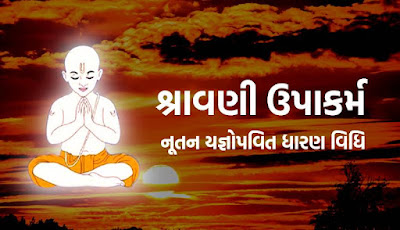Symbolism Behind the Form of Shiva

Lord Shiva is commonly portrayed with distinct symbols such as a third eye positioned on his forehead, a crescent moon adorning his head, and a serpent gracefully coiled around his neck. Yet, the question arises: What do these symbols truly signify? Let us delve into the concealed meanings that lie beneath the form of Shiva. 1. Moon: The crescent moon on Shiva's head represents the passing of time and the rhythm of life. It signifies his control over time and the universe. 2. Third Eye: Shiva's third eye is a symbol of his wisdom and insight. When opened, it can unleash destruction, showing the balance between creation and destruction in the universe. 3. Serpent: The serpent coiled around Shiva's neck represents his mastery over fear and death. It also symbolizes the awakened spiritual energy known as Kundalini, which rises within us to attain higher consciousness. 4. Trident (Trishul): Shiva's trident represents the three fundamental aspects of reality: Creation, P...














